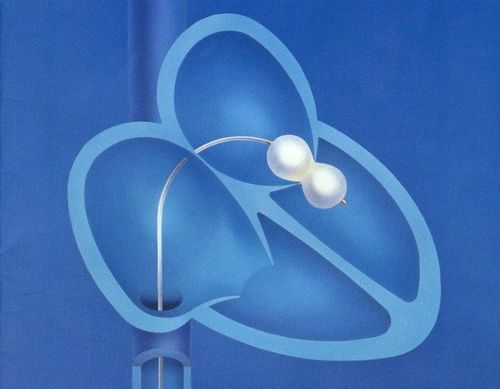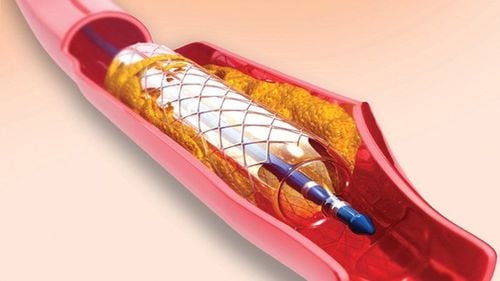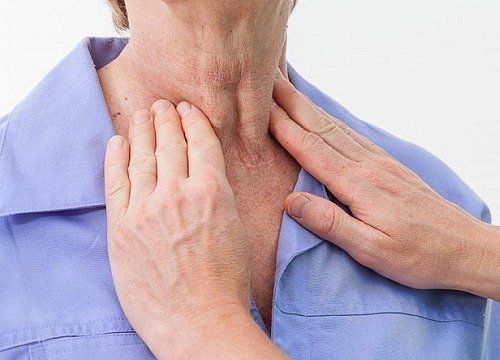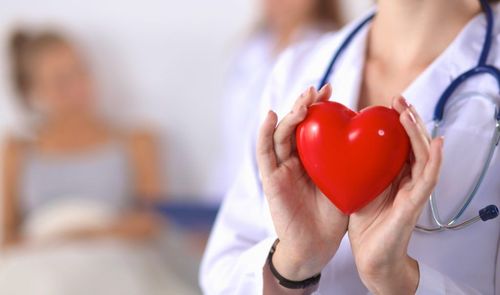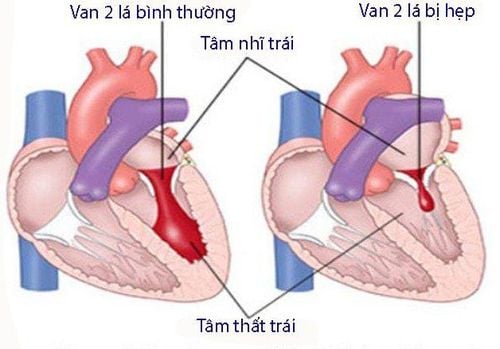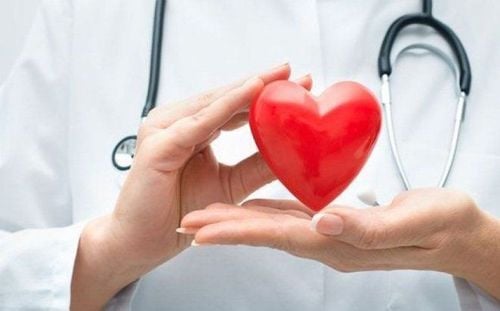This is an automatically translated article.
The article was written by Doctor of Department of Examination & Internal Medicine - Vinmec Phu Quoc International General Hospital.Heart disease is easier to treat when caught early, so if you're concerned about developing heart disease, talk to your doctor about steps you can take to lower your risk of heart disease. This is especially important if you have a family history of heart disease. If you think you may have heart disease, based on emerging signs or symptoms you're experiencing, make an appointment with your doctor.
1. Overview
Cardiovascular disease is a range of conditions that adversely affect the heart. Cardiovascular disease includes:Vascular disease, such as coronary artery disease Cardiac arrhythmias Congenital heart disease Valve disease Cardiomyopathy Heart infections Many forms of heart disease can be prevented or treated with a healthy lifestyle .
2. How does the heart work?
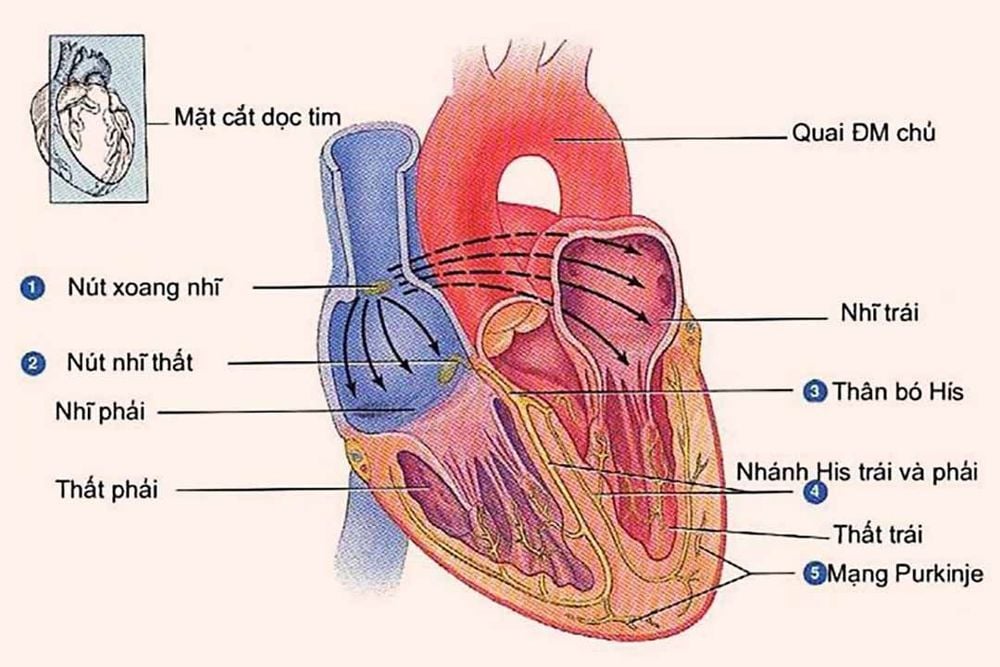
The right side of the heart includes the right atrium and the right ventricle. It receives blood and pumps it to the lungs through the pulmonary arteries.
Pulmonary gas exchange involves the diffusion of O2 from the alveolar air into the blood and of CO2 from the blood into the alveolar air. The oxygen-rich blood then enters the left side of the heart, including the left atrium and the left ventricle.
The left side of the heart pumps blood through the largest artery in the body (the aorta) to deliver oxygen- and nutrient-rich blood throughout the body.
2.2 Heart Valves Four heart valves keep your blood moving systematically by opening and closing only when needed. In order to function properly, the valves must be properly constructed, fully open (not narrow) and tightly closed (not open) to prevent leakage. The four valves are: mitral valve, tricuspid valve, aortic valve, pulmonary valve.
2.3 Heart Rate The heart beats by contracting and relaxing in a continuous cycle.
During contraction (systole), your ventricle contracts, the right ventricle pumps blood to the lungs, and the left ventricle pumps blood throughout your body.
During relaxation (diastole), the right ventricle receives blood from the right atrium and the left ventricle receives blood from the left atrium.
2.4 Electrical System The wiring in the heart that keeps the heart beating. The heart rate controls the constant exchange of oxygen-rich blood with oxygen-poor blood. This exchange helps our bodies survive.
Electrical signals start in the right upper chamber (right atrium) and travel through specialized pathways to the ventricles, sending signals to the heart to contract.
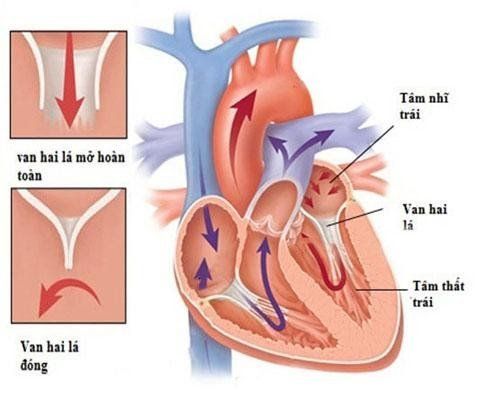
Hệ thống điện giữ cho tim đập theo nhịp điệu phối hợp và bình thường, giúp máu lưu thông
3. Symptoms
Heart disease symptoms depend on the type of heart disease you have.3.1 Vascular disease The accumulation of fatty deposits in the arteries, or atherosclerosis, can damage blood vessels and the heart. Plaque buildup causes blood vessels to narrow or become blocked which can lead to heart attack, chest pain (angina), or stroke.
Coronary artery disease symptoms can be different for men and women. For example, men are more likely to experience chest pain. Women are more likely to have other symptoms along with chest discomfort, such as shortness of breath, nausea, and fatigue.
Signs and symptoms may include:
Chest pain, tightness, chest tightness and discomfort Shortness of breath Pain, numbness, weakness or coldness in the legs or arms if the blood vessels supplying those parts are narrowed Pain in the neck, jaw, throat, abdomen above the navel or back You may not be diagnosed with coronary artery disease until you have symptoms of angina, stroke, or heart failure. Therefore, we need to monitor the cardiovascular symptoms and have a yearly check-up so that we can catch it early
3.2 Heart arrhythmias Your heart can beat too fast, too slow or irregularly . Cardiac arrhythmia signs and symptoms may include:
Palpitations, nervousness, (tachycardia) Chest pain or discomfort Shortness of breath Dizziness, dizziness Fainting (fainting) 3.3 Congenital heart disease Birth Congenital heart defects are usually discovered soon after birth. Signs and symptoms of heart defects in children may include:
Pale gray or cyanotic skin color Swelling in the legs, abdomen, or areas around the eyes In infants, difficulty breathing while feeding leads to poor weight gain Less serious congenital heart defects are often diagnosed later or in adulthood. Signs and symptoms of congenital heart defects that are usually not immediately life-threatening include:
Easily short of breath with exertion Easily fatigued with exertion Swelling in the hands and ankles leg or foot 3.4 Cardiomyopathy In the early stages of cardiomyopathy, there are often no symptoms. As the condition worsens, symptoms may include:
Shortness of breath with activity or at rest Swelling of the legs, ankles and feet. Fatigue Irregular heartbeat, feeling fast, pounding dizziness Dizziness, lightheadedness and fainting 3.5 Heart infection Endocarditis is an infection that affects the inner lining of the heart chambers and heart valves ( endocardium). Signs and symptoms of a heart infection may include:
Fever Shortness of breath Weakness or fatigue Swelling in your legs or abdomen Heart rhythm disturbances Dry or persistent cough Skin rash or unusual nodules 3.6 Illness The heart has four valves: the aortic valve, the pulmonary valve, the mitral valve, and the tricuspid valve. The valves will open and close to allow blood flow through the heart. There are many causes that can damage the heart valves, leading to stenosis, regurgitation, and prolapse.
Depending on individual valve abnormalities, signs and symptoms of valvular heart disease often include:
Fatigue Shortness of breath Irregular heartbeat Swelling of feet or ankles Chest pain Fainting 3.7 When you need help see a doctor? See a doctor immediately if you have the following signs and symptoms:
Chest pain Difficulty breathing Fainting Regular health check is also one of the ways to prevent cardiovascular disease from which patients have a treatment plan to achieve optimal results. Currently, Vinmec International General Hospital has general health checkup packages suitable for each age, gender and individual needs of customers with a reasonable price policy, including:
Health checkup package diamond general health checkup package Vip general health checkup special health checkup package Comprehensive general health checkup package standard general health checkup The patient's examination results will be returned to your home. After receiving the results of the general health examination, if you detect diseases that require intensive examination and treatment, you can use services from other specialties right at the Hospital with quality treatment and services. outstanding customer service.
Please dial HOTLINE for more information or register for an appointment HERE. Download MyVinmec app to make appointments faster and to manage your bookings easily.




